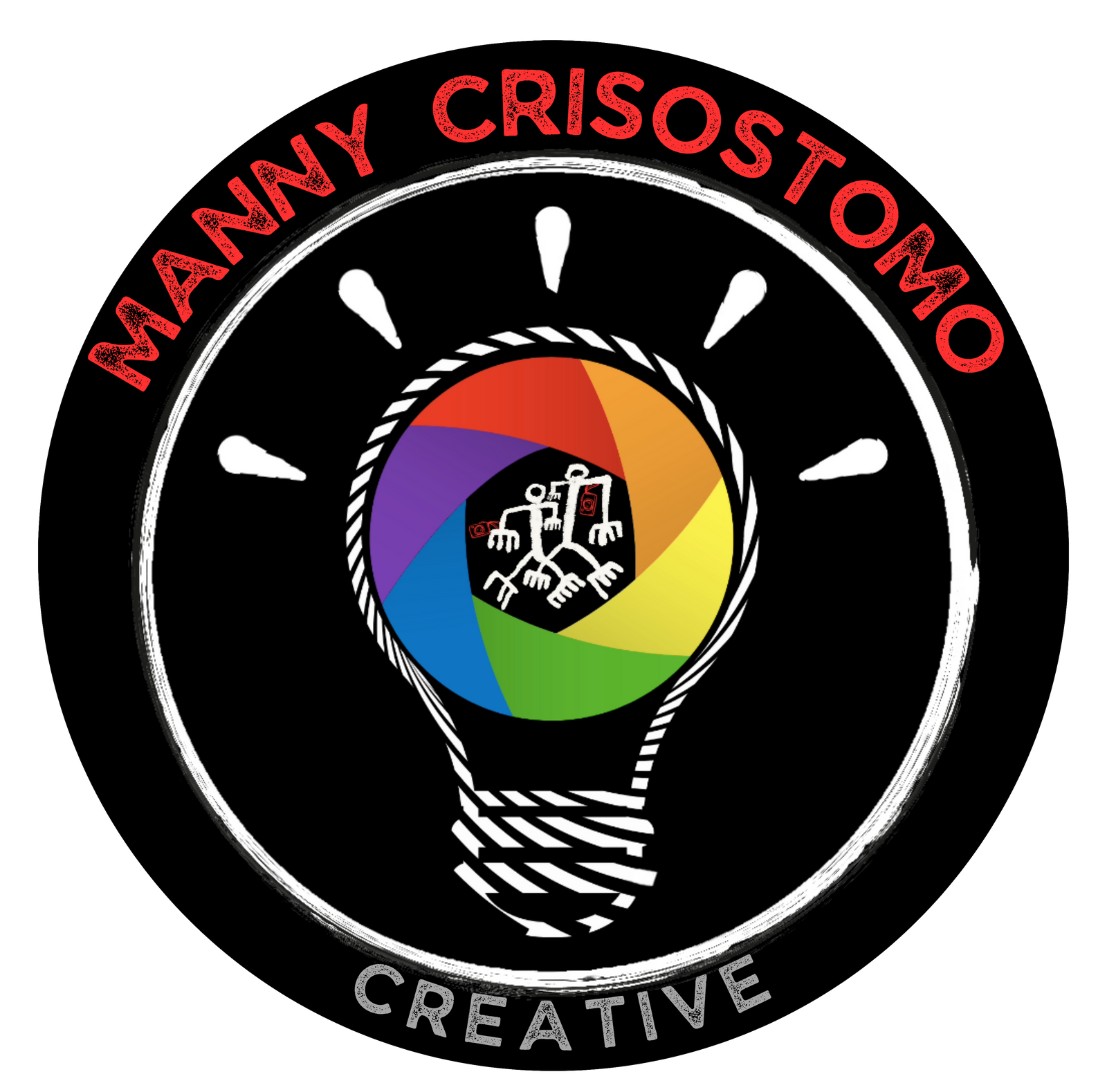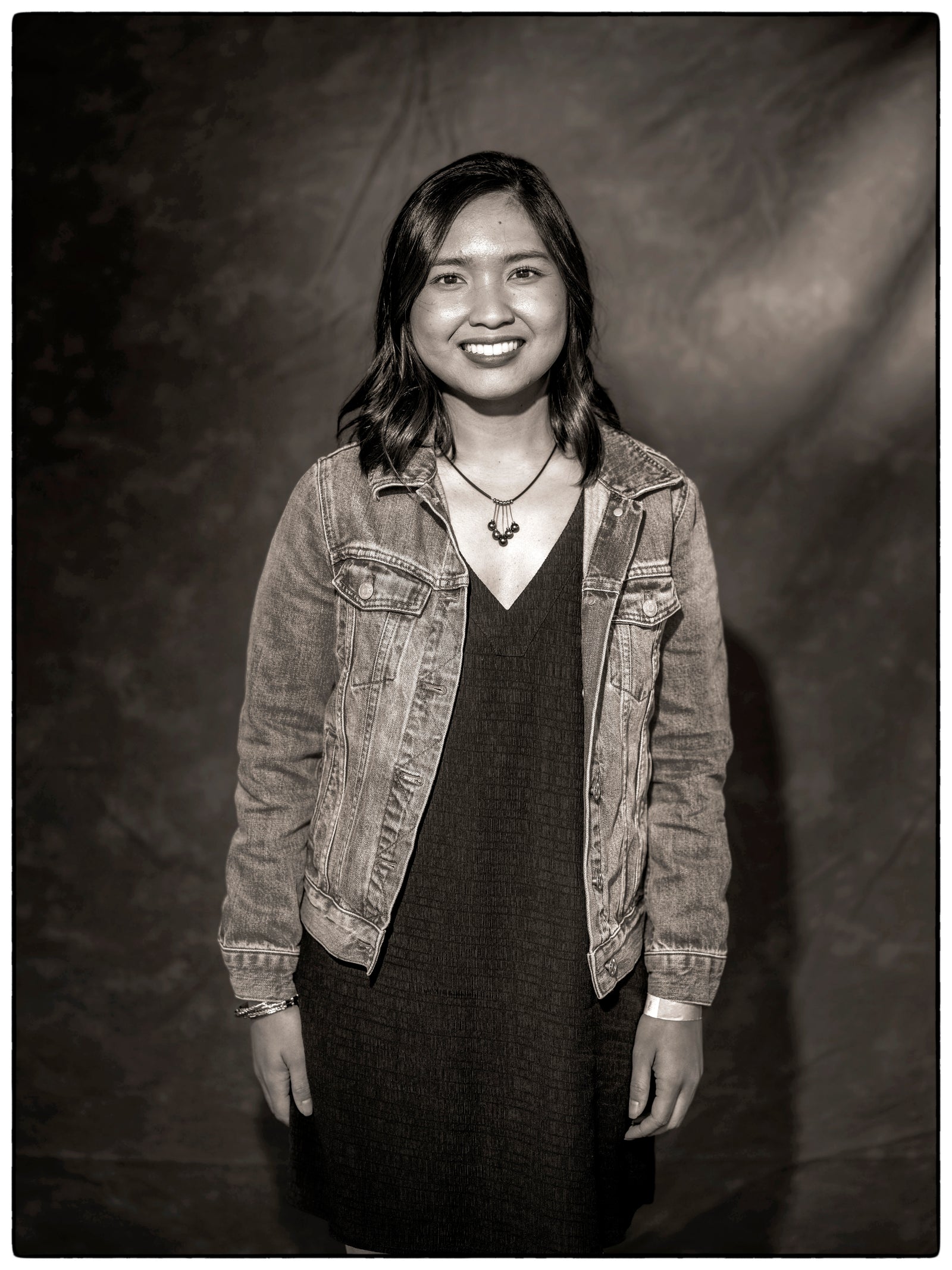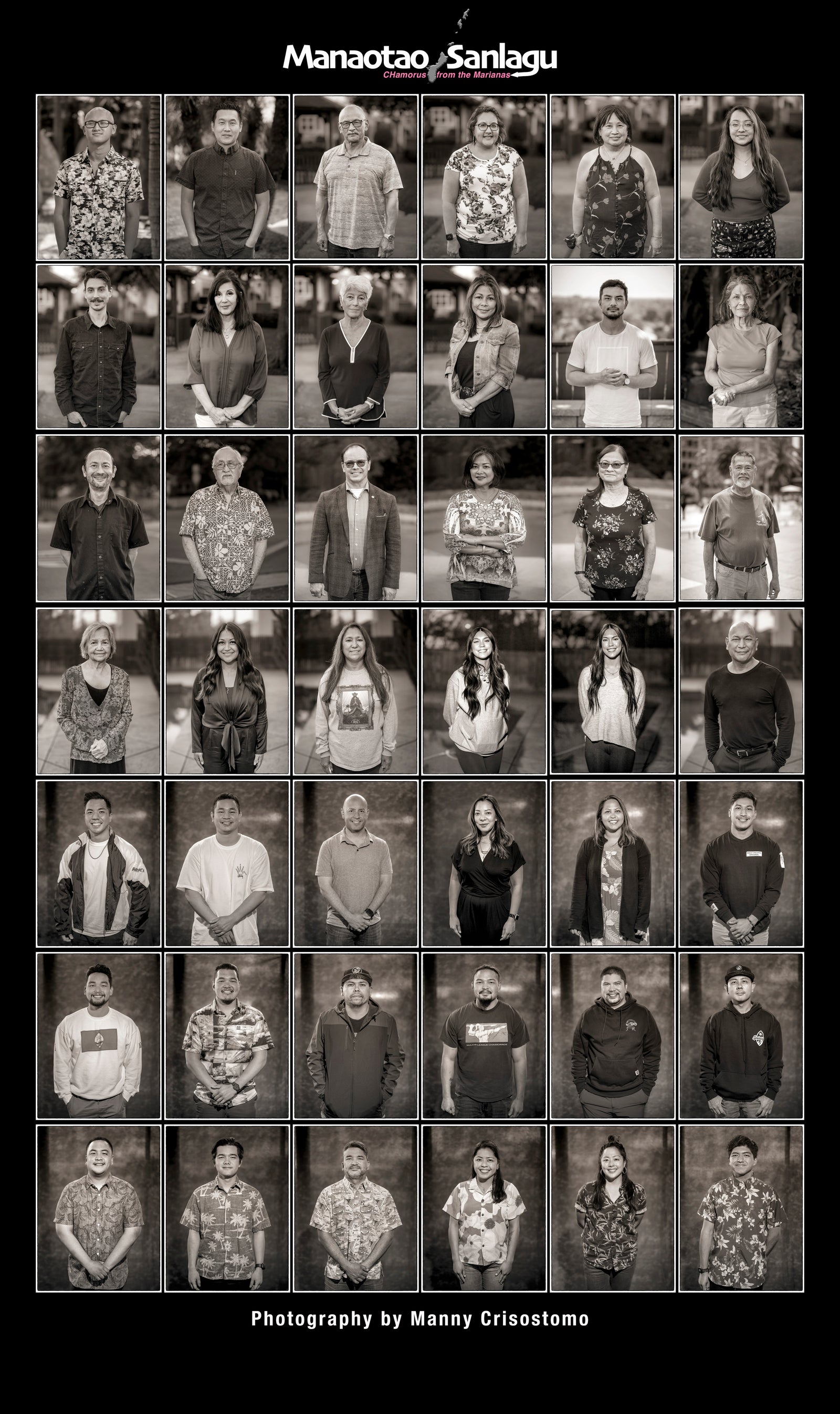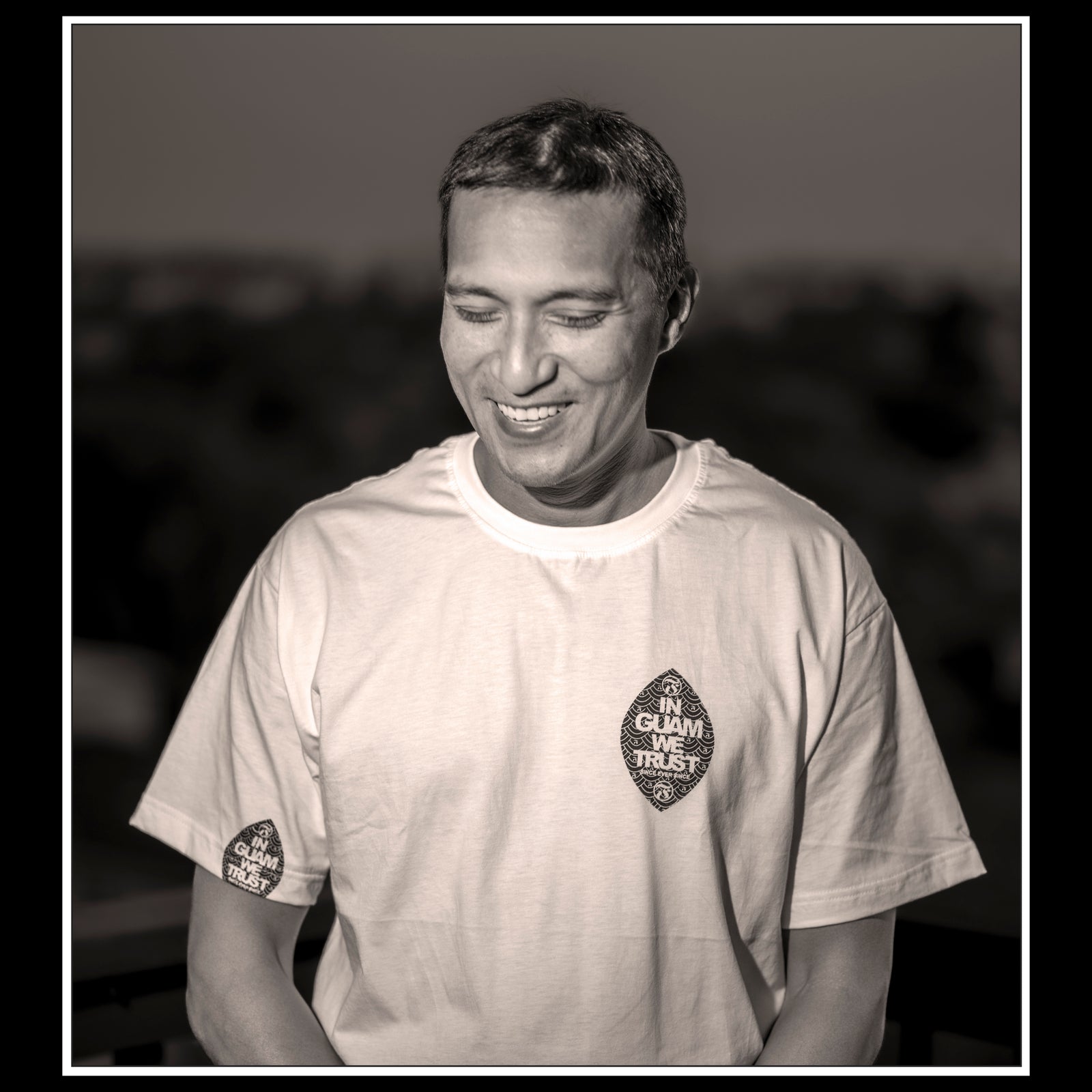By Manny Crisostomo
Matt Pangelinan’s career path has led him down several roads over the years, culminating in his latest venture as an entrepreneur.
During his teenage years on Guam, a call to ministry led him to a California seminary. He then left his dream of being a priest and enrolled in culinary school, launching a 10-year career at a number of restaurants in San Francisco.
He subsequently left the hospitality industry and started working with the land, first as a grower at a medical marijuana farm and later as a proprietor of his own plant nursery business.
“I have done three career changes since being out here,” said the 38-year-old former Mangilao resident. “I have gone from nursing souls to nourishing bodies to nurturing plants and the earth.”

The pandemic has led to soul searching and a bad case of mahålang. “I’m physically here in California, but my thoughts and everything are always focused and looking west with Guam in my mind’s eye,” he said. “How can I live here and serve the island at the same time?
“I’m having this inner struggle. When I first graduated high school, I was called to ministry, to serve the archdiocese of Guam. I felt a call, genuinely to serve Guam in some way,” he said. “I’m kind of going back to that, not necessarily as a priest, but like, how am I to serve Guam?”
Pangelinan is exploring ways to answer this new calling. “It’s a fire that’s burning inside of me, and I’m willing to put everything aside so I can figure out what this is,” he said. “I hope that it comes to me soon because I’m gonna go crazy.”
His early inclination is to take an advocacy path with a mission to bring attention to the island and its people. “The activist is stirring inside of me, to bring light to some injustice brought on our people,” he said. “Take my van and go visit CHamoru people, CHamoru families around the country and start educating people on the issues that are happening and affecting Guam.”

The early years
Matt Pangelinan was born to master carver Greg T. Pangelinan, familian Cotpus, from Mangilao and Maria Fernandez Pangelinan, familian Chunge’, of Dededo.
As a youth, he was an altar server at Dulce Nombre de Maria Cathedral-Basilica. “I only became an altar server because my friends were altar servers, and then my friends all dropped out but I stayed and eventually found something, ‘’ he said. Monsignor James Benavente — who was Father James at the time — “took me under his wing and I felt a very strong calling to serve the church.”
“I did a lot of work with (Father James), I would go with him to visit people who were sick in the hospital or to visit the manamko’. I felt very drawn to that, because I loved hearing the stories and their experiences,” he said. “That’s what I loved about ministry — being with those who needed some sort of counsel or needed the presence of somebody to be there with them.”
After graduating from Father Duenas Memorial School in 2001, he enrolled at St. John’s Seminary, a Roman Catholic seminary in Camarillo, California.

“I was there for about three years and realized there was a lot of growing up I needed to do,” he said. “It was also at a time when priest scandals were blowing up. It was a really hard time to be a seminarian, we were under scrutiny all the time.”
He left the seminary in 2004 and went back to Guam and got a job working at the Gucci store at Tumon Sands Plaza.
Culinary school
After a year living on Guam, he decided to pursue culinary school.
“I always loved cooking, a big part of my family is food. My dad’s sister, my Auntie Nance, was a big influence in my life,” he said. “She taught me how to cook without measurements. She used to say, ‘You have to feel it.’ Her cooking was a feeling, it was an emotion. In so many ways my Auntie Nance taught me how to feel, to have empathy, to feel things beyond cooking.”
He graduated from Scottsdale Culinary Institute, a Le Cordon Bleu College of Culinary Arts school, in Arizona and headed to San Francisco, where he got a job working at Roy’s restaurant in the city’s financial district.
“I got an interview with the chef through (fellow CHamoru) Toby Shimizu,” he said. “I got hired at Roy’s working in the garmache department making basically all the starters, the first course. Like several different types of salads, sushi, some sashimi, pot stickers and things like that.”
He then moved to a San Francisco neighborhood dining favorite, Chow, at the original location on Church Street.
“I was one of the sous chefs and eventually, Toby Shimizu, ended up working with me, and he became another one of the sous chefs,” he said. “We had the creative freedom and so Toby and I would like to feature small dishes from Guam. We would make red rice, soups, chalakiles and tamales gisu, all sorts of things that will go with the fish of the day. Also tinala’ katne’ as an appetizer and fina’denne’. The people love fina’denne’,” Pangelinan said. “I think Chow was where I was able to introduce CHamoru food to the masses in San Francisco.

“My last job in the culinary industry was working for this caramel shop called Hooker’s Sweet Treats,” a cafe in the Tenderloin area. “Even though it was a sweet shop, we would like to do some random savory stuff. I made kelaguen, I made boñelos aga and boñelos dagu, and one year I made ahu. Hooker’s was actually a place where a lot of CHamoru people ended up coming to and hanging out.”
Cannabis farm
Eventually, he felt like he reached his ceiling at the cafe. He then jumped at the chance at a job as a medicinal marijuana grower in the rugged, mountainous, heavily forested region of northwestern California called the Emerald Triangle — the epicenter of cannabis farming in the United States.
He got a nice cash settlement from his landlords to move out of his rent-control apartment, and bought a used, beat-up SUV. With his Jack Russell Terrier beside him, he drove over 300 miles to the grow site.

“We lived in a tent for six months on a pot farm, me and my dog, Paige,” he said. “I’d never gone camping out here in the states so this (was) the first time for me to like being in a tent outdoors in the California wilderness.”
“It was a huge shift, I mean talk about being alone and lonely,” he added. “I had the stars at night, the plants during the day, and then waking up to Mount Shasta every morning. It was gorgeous, breathtaking — and that made it a little bit easier.”
Up in flames
The nearest town from the marijuana grow farm was a day’s drive, and he and the other two growers had to grow their own food.
He had to drive three hours to a location to get phone cellular service. “For my mom’s birthday, I drove three hours so I could use the phone to call her on her birthday. And then drive back another three hours so I (could) get to work.”
“It really felt like it was the lancho, the ranch, honestly and I loved it and I didn’t want to leave it and if it wasn’t for the wildfires, (I’d) still be there.”

With harvest a week away, a wildfire tore through the mountain they were on, and they were ordered to evacuate. “The owner of the farm was like, ‘We’re not going to lose all our work.’ So we drove through the fire, cut down all the plants which were like six greenhouses worth of plants, and took them off the mountain and took them all to Eureka.”
With his cannabis farming career up in smoke, Pangelinan returned to San Francisco and started working for a gardener, helping him with setting up and maintaining plant installments for Silicon Valley companies.
Planting memories
“I got my foot in the door with what is called interior and exterior garden design which is basically just gussy up people’s houses with plants,” he said. “I get a lot of inspiration from Guam, growing up, going to the jungles, the rivers, the waterfalls, in Manenggon, and in places like that. What I plant are memories of home.”

His work can be seen in the Marin County home of Carla Ada, and throughout the indoor and outdoor dining area of Prebechu’ restaurant in the Mission District.
As he continues to figure out “the way that I could serve the island being part of the (CHamoru) diaspora,” he quiets his mind with carving. During our interview, he was working on a labradorite mineral and shaping it in a traditional crescent shape of CHamoru sinahi.
“Labradorite has become one of my dad’s favorite stones and so I decided to make it (sinahi) out of that. I haven’t told my dad yet that I started working on it. I wanted to surprise him with it,” he said.
“It’s a little hobby right now, it’s something that’s keeping me kind of sane and grounded and connected with my roots,” he added. “I am finding why my dad enjoys it so much. I’m starting to understand the old man a little bit more, and he and I have gotten closer, even from this distance.”







